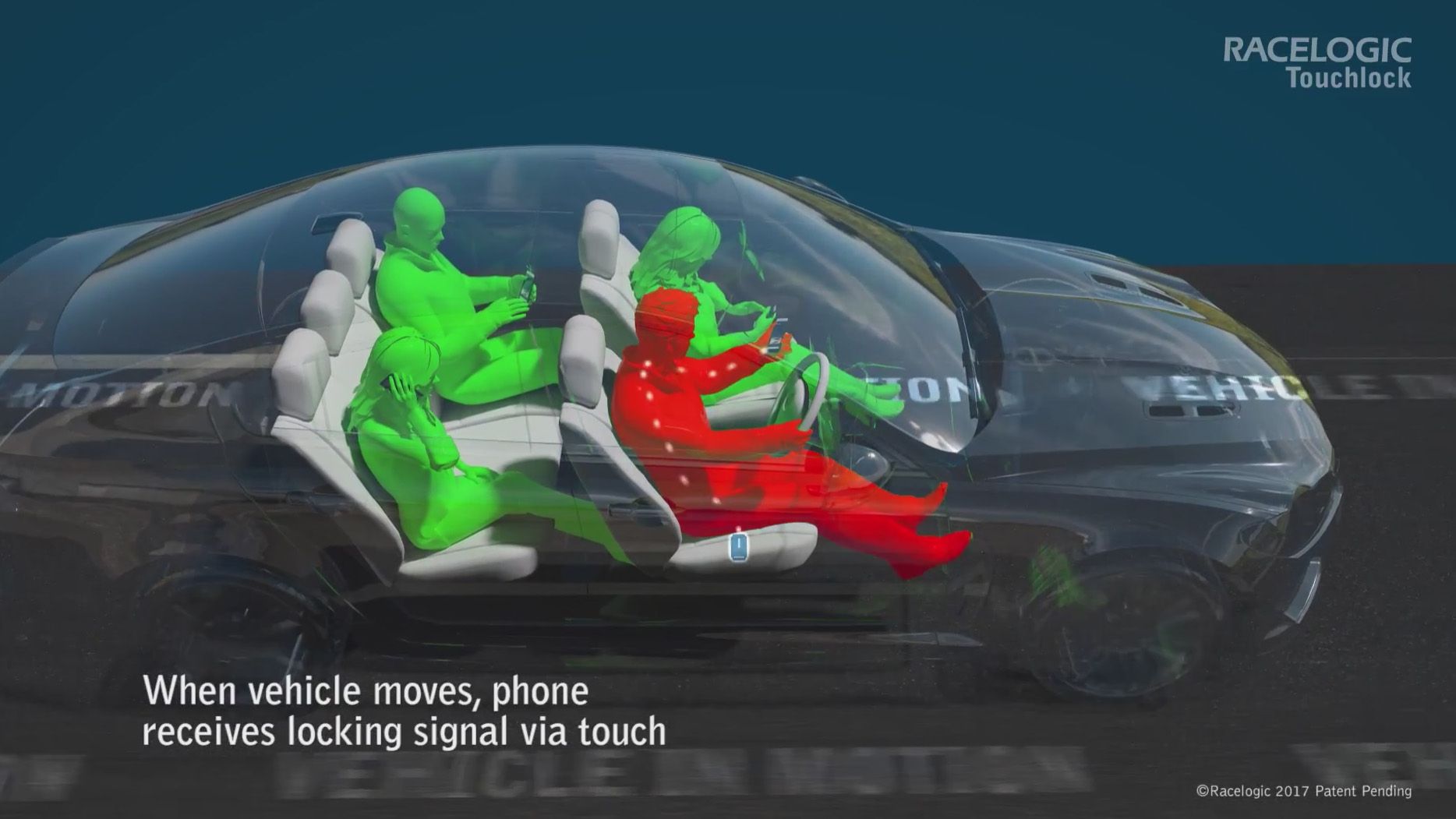You’re driving down the road and you hear your text alert go off. Naturally, you reach down to your lap, the center console, or the empty seat next to you, and grab your phone. As you unlock your screen and begin to read the message your girlfriend (or mistress, perhaps?) sent you, the car ahead of you has stopped for the stop sign that you’re too distracted to see. Since you’re so caught up in replying to your text message, you end up rear-ending the car in front of you, severely injuring the occupants and maybe even yourself, changing everyone’s life in the blink of an eye. I know, you’re thinking “that won’t happen to me,” but, that’s exactly what the eight people who were killed and 1,161 others that were injured yesterday due to distracted driving thought, too (based on statistics from CDC.gov).
Obviously, we can’t be trusted to leave our phones alone while driving, so various companies are coming up with pretty creative ways to put an end to it – even if it means doing so by force. The latest company to propose a new prevention system is RaceLogic. The system is called TouchLock, and it uses a small sensor placed below the driver’s seat that detects vehicle movement. When the car is moving, a low-energy electrical current is passed from the sensor, through your seat, and into your body. When you go to touch your phone to read that text message that just couldn’t wait, that low-energy current passes from your body to the phone and locks out certain features – ideally preventing you from reading or sending text messages or browsing social media, for example.
Keep reading for the rest of the story
It’s Not Shock Therapy; At Least Not Yet, Anyway
No quicker than when I started digging into what this technology actually does, and I found people immediately against it. Some people are claiming that low-energy electrical currents aren’t safe or that malfunction could lead to electrocution, etc. Of course, there’s always going to be fear-mongering when it comes to technology like this, but don’t fall victim to false information. Low-energy electrical current is completely safe. In fact, it’s even a natural part of our body. And, you can find it in a lot of different places – just think about those metal pads on the treadmill at the gym (the ones that detect heart rate). Those operate on of the same principal. Now, I must say that it’s absolutely ridiculous that it has come to this. After all, it should be pretty damn easy to just put the phone down for 20 minutes. Unfortunately, that isn’t the world we live in, though, is it?
RaceLogic isn’t the only company working tirelessly to combat distracted driving. It is one of the more promising technologies at this point, as it takes the choice out of your hands, but there are others. Apple recently discussed using the Apple Watch to determine when you’re driving and, ultimately, blocking certain notifications during that time. And, Nissan recently announced a special storage area that would block all radio transmission to and from your phone – a mini Faraday cage of sorts.
What do you think is the best way to go about ending the epidemic that is distracted driving? Maybe real shock therapy would work? Touch your phone, get a jolt – it works for dogs. In all seriousness, though, let us know what you think in the comments section below.



